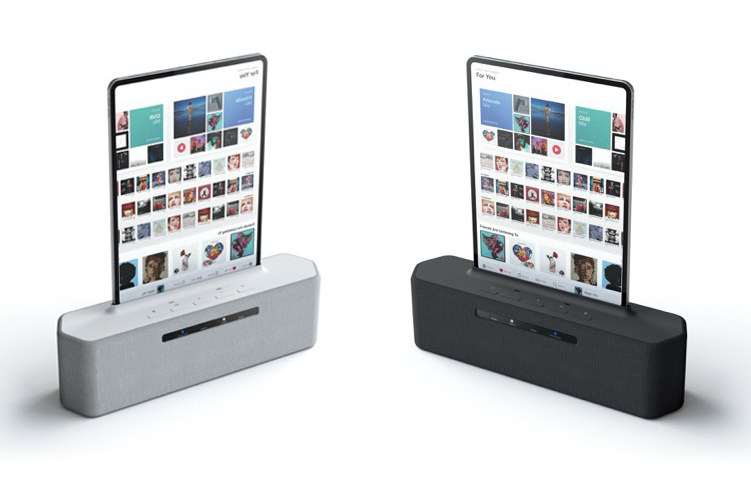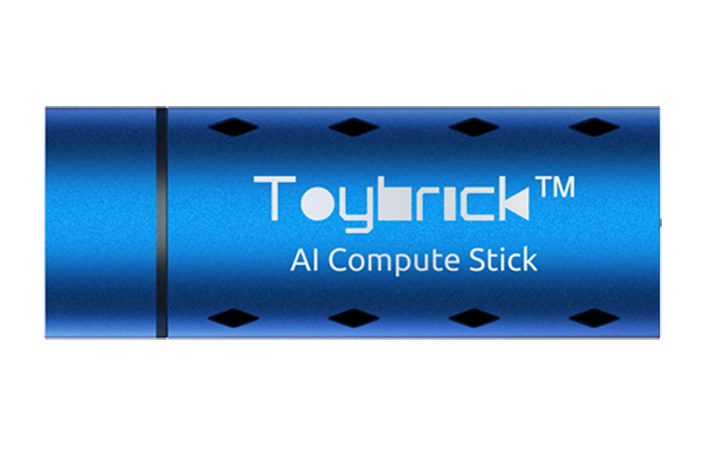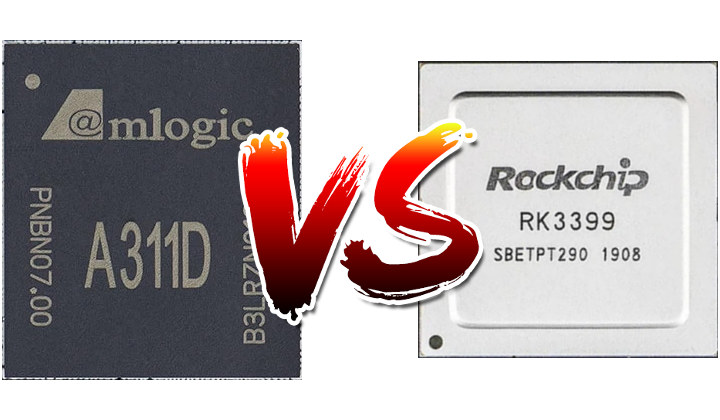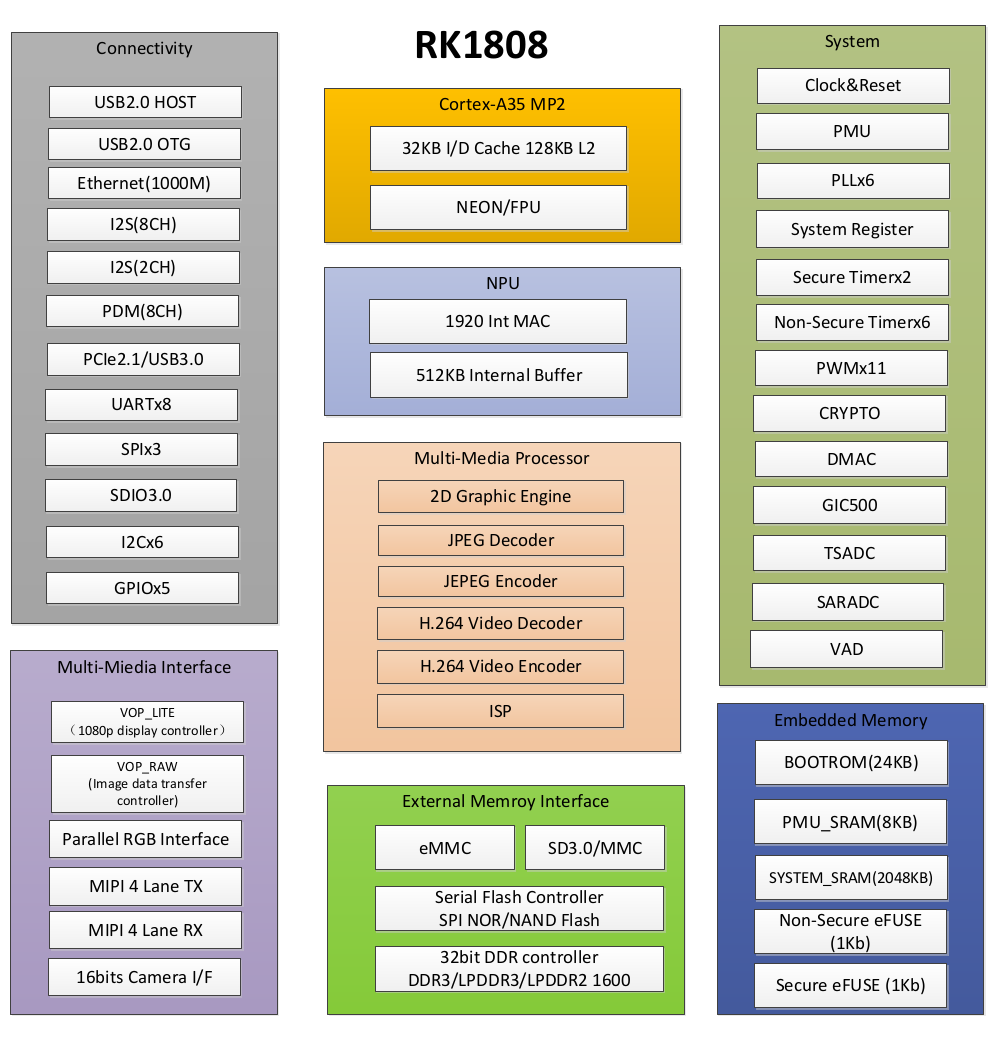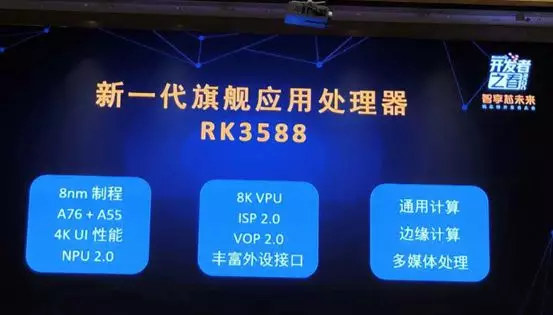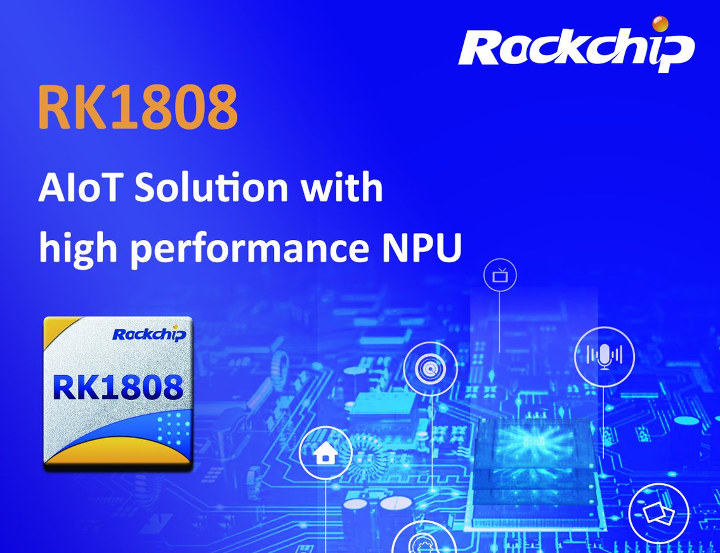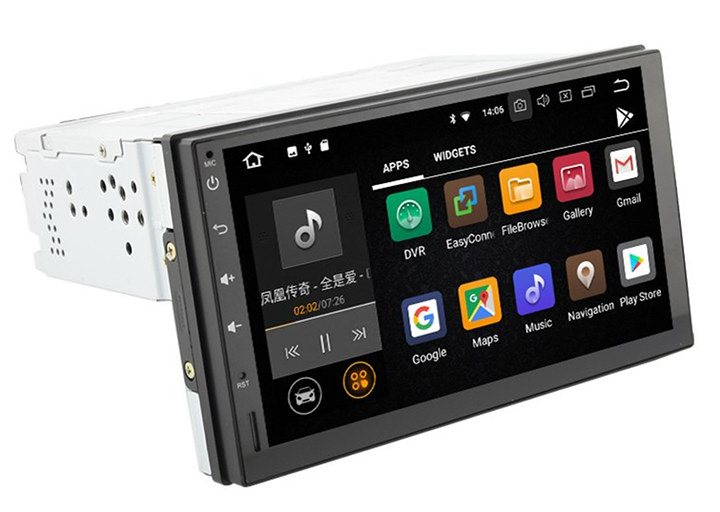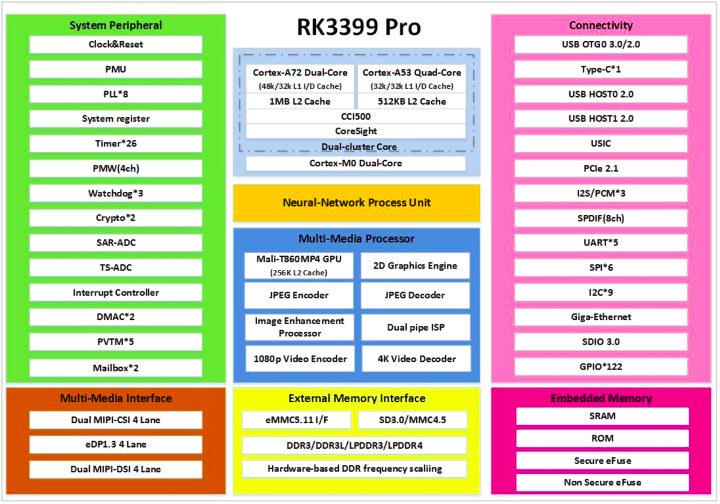Last April, Rockchip published a roadmap to 2020 with processors such as RK3588 Cortex-A76/A55 or RK3530 quad-core Cortex-A55 SoCs. Part of the roadmap was also Rockhip RK2108 Arm Cortex-M4 microcontroller with an Audio DSP which did not get as much coverage. The company has now announced RK2108 based smart docks that convert tablets into smart display / speakers so that they can be waken-up and controlled by voice commands. Rockchip RK2108 audio MCU supports A/D audio interface, MIPI DSI/MCU LCD interface and USB2.0 interface, and comes with the following key features: Built-in audio DSP for voice/audio signal processing Audio pre-processing, active noise reduction, AEC, etc… for improved voice recognition Customizable wake-up words and offline instructions Ultra-low power consumption in both standby and operating modes The RK2108 smart dock pictured above connects to compatible Android tablets over USB or Bluetooth, and turns those into smart display products that can handle voice […]
Toybrick TB-RK1808 AI Compute Stick is now Available for $86
Last May, we wrote about RK1808 AI Compute Stick, a USB stick with Rockchip RK1808 dual-core Cortex-A35 processor also featuring a 3.0 TOPS neural processing unit to accelerate AI workloads at low power. As I understood it, it was available for purchase, but you had to contact a Rockchip FAE by email in order to get one. Now, you can easily buy one online by getting the Toybrick TB-RK1808 AI Compute Stick on Seeed Studio for $86. Just ignore the “Core i3” in the title, we’ll see why it’s there further below. TB-RK1808 AI Compute Stick specifications: SoC – Rockchip RK1808 dual-core Cortex-A35 processor with NPU AI inference performance – 3 TOPS for INT8, 300 GOPS for INT16, 100 GOPS for FP16 System Memory – 1GB LPDDR Storage – 8GB eMMC flash Host Interface – USB 3.0 type-A port Power Supply – Via USB port Dimensions – 82 x 31 […]
Amlogic A311D vs Rockchip RK3399 Benchmarks Comparison
I’ve run some benchmarks on Khadas VIM3 SBC earlier this morning. The board is powered by the latest Amlogic A311D hexa-core Cortex-A73/A53 processor, and I’ve found results to be impressive. But let’s see how it compares to another hexa-core processor, namely the popular Rockchip RK3399 Cortex-A72/A53 processor released in 2016 and found in several Chromebooks, TV boxes, and development boards. To do so, I’ve compared Antutu 7.x, PCMark 10 Work 2.0, and 3Dmark benchmark results in Khadas VIM3 board running Android 9, against an actively-cooled Rockchip RK3399 SBC running Android 8.1. The results for A311D should be the same as for Amlogic S922X-B processor, so this post could also serve as an Amlogic S922X-B vs RK3399 comparison. Amlogic A311D vs Rockchip RK3399 – Key features Amlogic A311D Rockchip RK3399 CPU Quad-core Cortex-A73 @ 2.21 GHz Dual-core Cortex-A53 @ 1.8 GHz Dual-core Cortex-A72 @ 1.8 GHz Quad-core Cortex A53 @ 1.416 […]
Rockchip RK1808 Datasheet, TRM, Schematics and Linux SDK Released
Rockchip RK1808 is the first chip from the company fully dedicated to artificial intelligence applications. The Neural Processing Unit (NPU) features an accelerator delivering up to 3.0 TOPS and is coupled with two low power Arm Cortex-A35 cores allowing it to run Linux. We’ve had the specifications for RK1808 for a while, but the company has recently posted hardware and software resources on their open source website. On the hardware side we’ve got: RK1808 Technical Reference Manual (TRM) RK1808 datasheet PDF Schematics for the company’s official RK1808-EVB On the software side we can get the Linux SDK from Github as explained in the Wiki:
|
1 2 3 4 5 |
git clone https://github.com/rockchip-linux/repo mkdir linux cd linux ../repo/repo init --repo-url=https://github.com/rockchip-linux/repo -u https://github.com/rockchip-linux/manifests -b master -m rk1808_linux_release.xml ../repo/repo sync |
Finally configure the build and start the build process:
|
1 2 3 |
sudo apt install liblz4-tool build-essential source envsetup.sh rockchip_rk1808 ./build.sh |
After a while, or more accurately close to two hours on a Laptop with Ryzen 7 2700U processor, 8GB RAM, and hard drive, we’ll get U-boot, Linux, buildroot based rootfs, and firmware files and in […]
RK3588 8K Arm Cortex-A76/A55 SoC, Rockchip Roadmap to 2020
Rockchip had their annual event yesterday offering a view of past achievements, as well as a glimpse into the future with new products announcements. The company is ready to go to the next level with their Rockchip RK3588 featuring Cortex-A76 and Cortex-A55 cores, 8K video decoding support, 4K user interface support, an NPU 2.0 (Neural Processing Unit) manufactured using an 8nm LP process. The processor should have eight cores in a 4+4 dynamIQ configuration according to a tip from “coldfish”, and the new 8nm process is expected to increase performance by 20 to 30 percent, while the power consumption will be reduced by 40 percent. Mass production is expected for Q1 2020. The company also showed a slide with their video encoder/decoder IP, and Gen3 should be in RK3588 since that’s the only one with an 8K 60 fps decoder using either AVS3 or H.266 (VVC). I’m quite confused with […]
Rockchip RK1808 Cortex-A35 NPU Delivers up to 3.0 TOPS
Rockchip RK3399Pro was expected to be the first processor from the company featuring an NPU (Neural Processing Unit) to accelerate artificial intelligence workloads, but eventually went through a redesign, and the community found it gave birth to RK1808 NPU by looking at a device tree file in the Linux kernel. Rockchip has now made the NPU official at CES 2019, and we now know a little bit more. Here are the specifications shared by the company: Dual-core Arm Cortex-A35 CPU NPU computing performance up to 3.0TOPs supporting INT8/INT16/FP16 hybrid operation VPU supporting 1080P video codec Built-in 2MB system-level SRAM Display – MIPI/RGB video output Camera – MIPI/CIF/BT1120 Camera video signal input with built-in ISP Audio Microphone array support with hardware VAD function for low-power monitoring and far-field wake-up Audio output I/O PWM/I2C/SPI /UART USB3.0/USB2.0 PCIe interface Support for Gigabit Ethernet and external WiFi/Bluetooth modules Manufacturing – 22nm FD-SOI process It […]
Rockchip PX30 Processor Powers Android 8.1 Car Infotainment Systems
Rockchip RK3326 and RK3308 are the first Arm Cortex A35 processors from the company, and are designed for smart AI solutions such as smart speakers and smart displays. It turns out RK3326 processor has a sibling called Rockchip PX30 with most of the same features, but with dual VOP (Video Output Processor) support to handle up to two independent displays, as well as an Ethernet MAC and a USB host block. Rockchip RK30 key features and specifications: CPU – Quad-core Arm Cortex-A35 GPU – Mali-G31 MP2 GPU Memory I/F – DDR4/DDR3/DDR3L/LPDDR3/LPDDR2 Storage I/F – MLC NAND, eMMC 4.51, Serial Nor FLASH Video 1080p H.265/H.264/VC-1/MPEG/VP8 video decoder 1080p H.264/VP8 video encoder Display Interfaces – MIPI-DSI/LVDS/RGB interface, dual VOP Audio I/F – 1x8ch I2S/TDM, 1x8ch PDM, 2x2ch I2S Camera I/F – MIPI CSI and DVP; built-in 8MP ISP Networking – 10/100M Ethernet Other Peripherals – SDIO3.0, USB2.0 HOST & OTG, 4x I2C, […]
More Details about Rockchip RK3399Pro SoC, and RK1808 NPU
First announced in January 2018, Rockchip RK3399Pro was supposed to be a pin-to-pin compatible with Rockchip RK3399 processor, and adding a Neural-Network Processing Unit (NPU) capable of delivering 2.4 TOPS for acceleration A.I. workloads. Shortly after Pine64 announced they’d be offering Rockpro64-AI board in August, and later on Vamrs unveils ROCK960 PRO at a Linaro Connect event with an expected Q2 2018 launch. But none of the RK3399Pro boards are available, as there have been delays with RK3399Pro, and some commented an external NPU would be launched first with further details. But today – courtesy of Vamrs – we have some more details about RK3399Pro features, a likely explanation for the delay, and some information about Rockchip RK1808 NPU chip. Contrary to the CES 2018 announcement, Rockchip RK3399Pro will come in a 27x27mm FCBGA1372 package instead of the 22x22mm FCBGA828 package for RK3399. So pin-to-pin compatibility is out of […]


